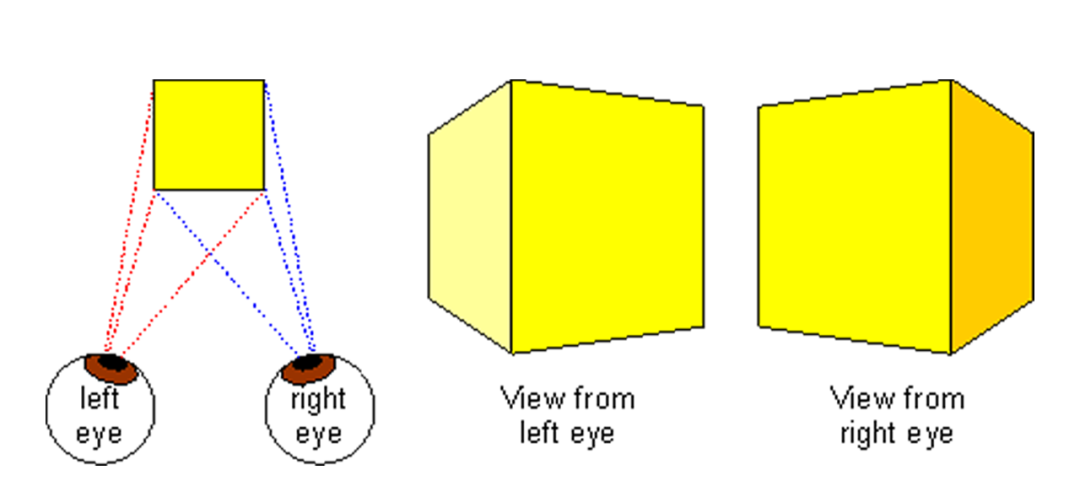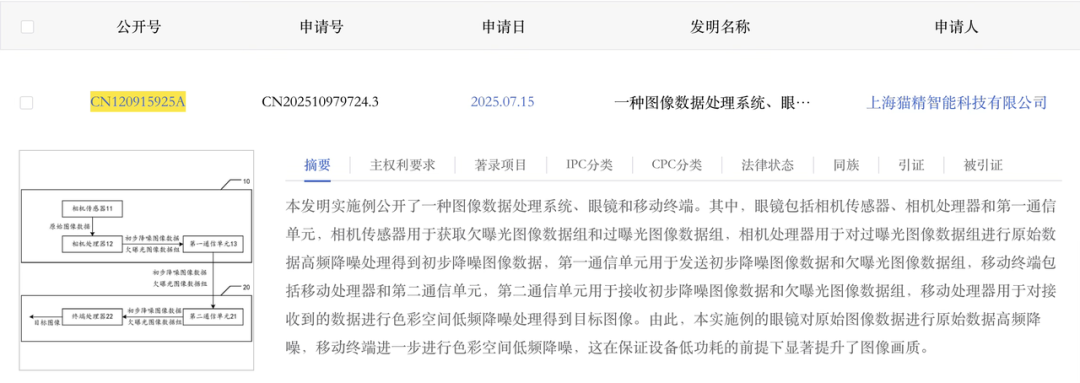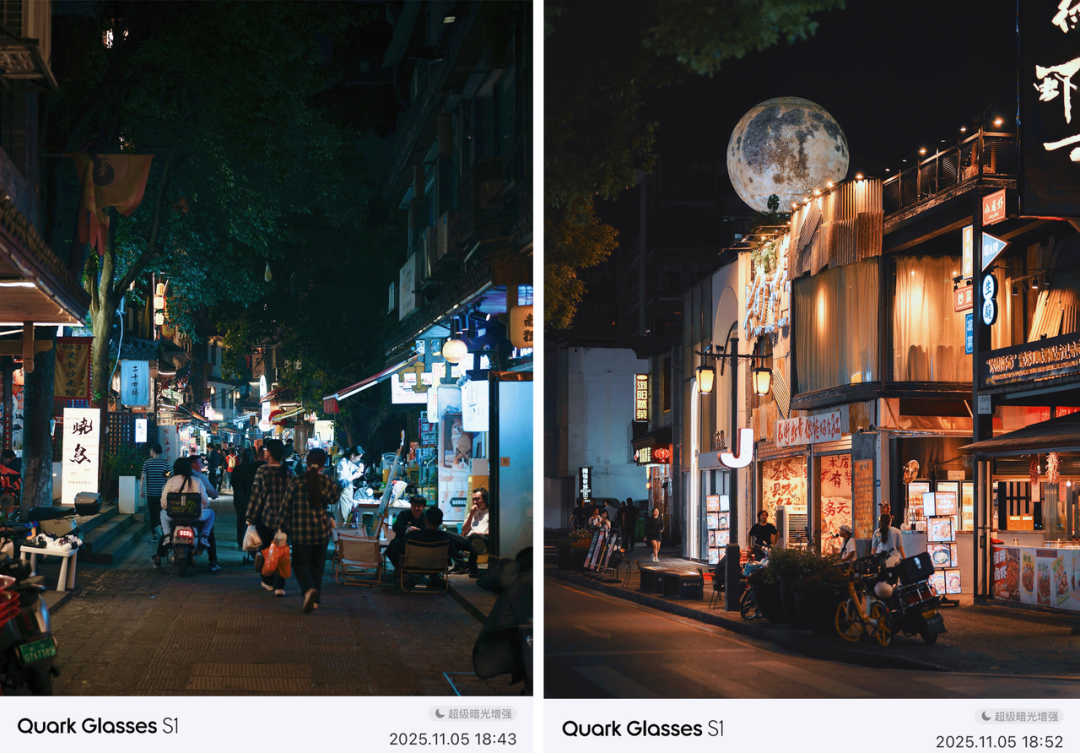From AR Near-Eye Display Optics to POV Night Photography: Alibaba's Debut AI Glasses Boast Cutting-Edge Tech
![]() 11/19 2025
11/19 2025
![]() 352
352
Text/VR Gyroscope Ran Qixing
Sold Out Before Official Launch: Alibaba's first self-developed AI glasses, the Quark AI Glasses S1, have become one of China's most sought-after AI glasses for 2025, garnering over 6,000 pre-orders.
According to official news from Quark AI Glasses, a product launch event for the Quark AI Glasses S1 is slated for November 27, 2025, at Alibaba's Beijing Chaoyang Tech Park. This event is expected to offer deeper technical insights into the product and reveal the stories behind its research and development. VR Gyroscope has been invited to attend and will provide firsthand updates on the product experience. Stay tuned.
Notably, before the product launch, core technical patents related to the Quark AI Glasses S1 have been gradually revealed, sparking heated discussions both within and outside the industry. Questions like, "How did Quark achieve this?" have arisen. The formal disclosure of these patents offers a glimpse into the underlying technical architecture of near-eye display optical systems, core application scenarios, and battery life.

01
"Adjustable Convergence Distance" Technology: From 'Visible' to 'Comfortable Viewing'
As an AI glasses product with display capabilities, the Quark AI Glasses are optimized for "comfortable viewing" through an optical design featuring 2xMicro-LED + 2x diffractive waveguide. In AR near-eye display systems, the ability to adjust the focal distance of virtual images directly affects user comfort and immersion. Traditional AR glasses or those based on a "one-to-two" optical scheme typically have a fixed virtual image distance, which fails to meet dynamic user needs in various scenarios, such as close-range reading or long-distance navigation. This fixed design may cause visual fatigue or other viewing discomforts.
In response, patents disclosed by Quark AI Glasses reveal a technical solution that effectively addresses these issues. The core technical logic, as summarized in the patent, involves "adjusting the convergence distance of the left and right optical engines by moving the display areas of the two screens."

This design sets itself apart from the "one-to-two" binocular optical scheme, further highlighting the advantages of a binocular dual-optical engine design. The adjustable convergence distance feature of Quark AI Glasses enables users to view more comfortably in different application scenarios. For example, when using the "close-range teleprompter" function, the virtual image distance can be set to 1m, and when using "long-distance navigation," it can be adjusted to 3m, closely matching the visual experience of viewing real objects with the naked eye.
In fact, similar "adjustable convergence distance" functions are already applied in professional-grade MR headsets like the Apple Vision Pro and PICO 4 Ultra and will undoubtedly be a key optical display optimization technology for AI glasses in the future. As mentioned in previous MR system reviews by Gyroscope, users with "mild myopia" (e.g., 100-200 degrees) who do not wear glasses may find it difficult to clearly see "virtual image content" at the normal 3-5m virtual image distance. However, adjusting the "virtual image distance" to 1m or even closer allows for clearer viewing of the content.

Apple Vision Pro demonstrating convergence/window stretching
Furthermore, the binocular dual-optical engine design technology can simulate the natural parallax of the human eyes, allowing the left and right waveguide lenses to display different images. When combined with SLAM algorithms and full-color display, it creates a true sense of spatial imagery. From VR Gyroscope's perspective, this is also the underlying technical architecture for the future of true AR. Undoubtedly, the existing technical patents and architecture of Quark AI Glasses already possess strong practicality and provide ample technical reserves for a longer-term "product lineup."

Demonstration of the principle of binocular parallax in human eyes
02
Transplanting Mobile-Grade Imaging Technology
"SuperRaw Low-Light Algorithm" Redefines Glasses POV Night Photography
Optics determine "comfortable viewing," while imaging determines "frequent use." Recording is an eternal topic, and photography and videography are the highest-frequency and core application scenarios for AI glasses.
However, AI glasses are often constrained by extreme limitations in size, power consumption, and computing power, typically resorting to minimal configurations like single cameras, small-sensor CMOS, and no flash. Issues like "insufficient dynamic range" and "high noise" in low-light shooting have long been industry pain points. In this fiercely competitive area, Quark has directly played a trump card—the SuperRaw low-light processing algorithm.
According to introductions, Quark's "SuperRaw low-light processing algorithm" patent is an imaging algorithm system that links the camera sensors on the glasses with mobile terminals. It marks the first successful application of Raw domain noise reduction—a mature technology from the mobile phone industry after years of competition—to AI glasses. This was an extremely bold and nearly audacious decision.

The idea itself was highly challenging, and its implementation placed extreme pressure on Quark's full-stack self-research capabilities. Raw domain processing imposes stringent requirements on computing power and memory. To address this, Quark made systematic optimization designs in algorithm self-research, 3G RAM configuration, and software-hardware collaboration based on the Qualcomm AR1 chip.
Building upon RAW domain multi-frame fusion and adaptive noise reduction, Quark further introduced a gyroscope motion compensation mechanism to reduce the impact of exposure shake by correcting minor displacements during shooting in real-time. This ultimately equips the glasses with superior image stabilization performance in mobile shooting scenarios.

Demonstration of night photography effects
From the currently displayed official sample shots, Quark AI Glasses have refined night photography effects to an extreme, nearly approaching the imaging performance of some flagship smartphones. This can be considered the biggest "killer application" scenario for these AI glasses. In the past, AI glasses without systematic software-hardware algorithm optimization often performed poorly in night photography, only reaching the level of smartphones from five years ago. Consumer-grade products are certainly not mere "supply chain assemblies."
Compared to manufacturers like Insta360 and DJI, which focus on imaging products, Quark AI Glasses have the potential to stand out with their "first-person perspective," "instant shooting," and the outstanding image quality of SuperRaw, offering an opportunity to become the next POV hit in the imaging industry.
03
Eliminating Battery Anxiety
"Removable Battery Replacement" Completes the Final Piece for All-Day Use
For wearable devices, "battery life" has always been a constraint on all-day experience, and this issue is even more pronounced in AI glasses, as they cannot rely on blindly increasing battery capacity for optimization. They must balance the fundamental needs of "lightweight design" and "comfortable wearing."
In this regard, Quark AI Glasses not only continue with a glasses charging case but also introduce an innovative design for removable battery replacement. According to reports, the patent for Quark AI Glasses' removable battery replacement design is named "Smart Glasses and Expansion Block for Smart Glasses," enabling quick battery swaps through hot-swapping.

This seemingly simple modular design actually involves significant technical barriers. It requires the precise integration of a highly reliable physical plug-and-play structure with a high-speed data bus capable of dynamically supporting modules like batteries and computing power within the limited space of a slim temple. Any error in this integration could lead to product malfunction.
Quark AI Glasses name this removable temple battery the MiniMag backup battery, which also comes with a matching MiniBag battery swap case. This ultra-compact Mini battery design is actually more suitable for lightweight travel than the glasses case, supporting all-day use.

04
Conclusion
The three "cutting-edge" technical patents gradually revealed by Quark before the product launch also demonstrate the three core product advantages of its AI glasses: "comfortable viewing, clear shooting, and long-lasting use."
It is foreseeable that when the Quark AI Glasses are officially released, leveraging their brand momentum, Alibaba's ecosystem advantages, and the series of "full-stack self-developed" underlying technical supports observed so far, their market sales may set a new record for domestic AI glasses.
More importantly, Quark has successfully "dimensionally reduced" complex technologies like "mobile-grade imaging" for application in AI glasses. This is not only a core selling point for their own product but also sets an example for the entire AI glasses industry. It helps "force" the industry to further upgrade core experiences in imaging, battery life, and display.
The "Hundred Glasses Battle" is a marathon, and no one can predict who will reach the finish line. However, along the way, we have witnessed the technological innovation and industrial upgrading efforts of Chinese companies.








